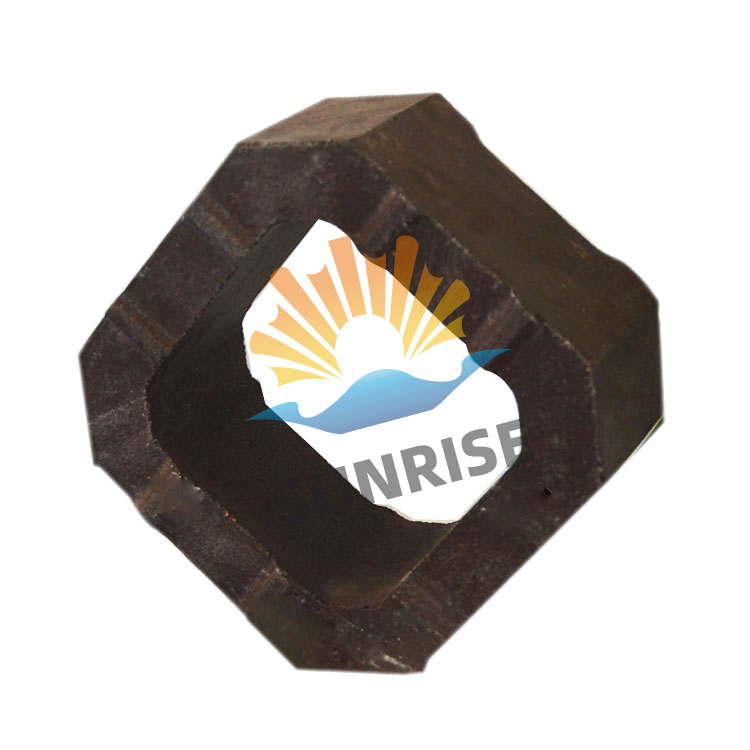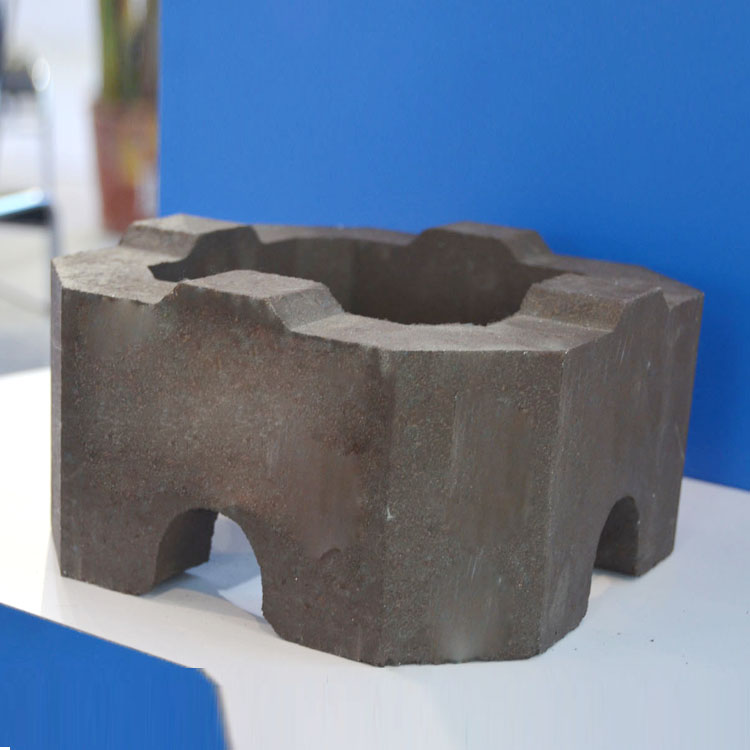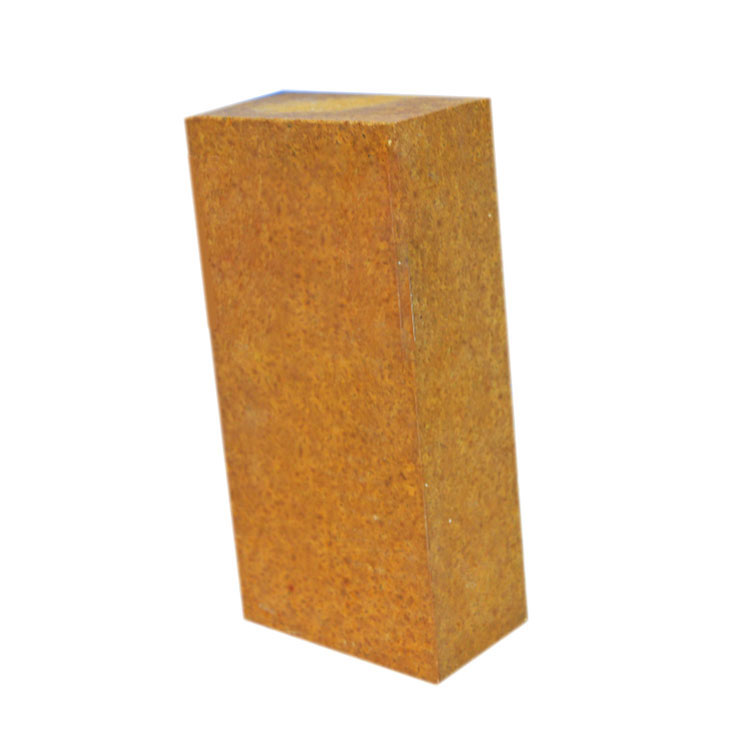
In industries such as steelmaking, cement production, and metallurgy, refractories face extreme operational conditions where temperatures often exceed 2000°C. Selecting the right refractory material is a critical decision impacting furnace lifespan, maintenance costs, and overall plant efficiency. This article presents a focused comparison between high-temperature magnesia-chrome bricks and traditional magnesia bricks, highlighting their raw material composition, performance characteristics, and key technical indicators to guide global purchasers in making informed, confident decisions.
Refractory materials in high-temperature environments must resist thermal shock, chemical corrosion, and mechanical wear. Conventional magnesia bricks, primarily composed of sintered magnesia (MgO), offer good refractoriness but often fall short in durability and corrosion resistance under aggressive slag and oxidizing atmospheres. To overcome these limitations, high-temperature magnesia-chrome bricks have been developed, combining sintered magnesia with refractory-grade chromite ore, forming a robust matrix tailored for severe environments.
The core strength of magnesia-chrome bricks lies in their distinctive raw materials. Sintered magnesia provides high melting points and basicity, while high-purity chromite adds superior slag resistance and mechanical properties. This synergy results in a refractory that retains structural integrity at ultra-high temperatures.
In contrast, standard magnesia bricks lack chromite’s corrosion-resistant chromia phase, making them more vulnerable to chemical degradation in molten slag environments. The selection of premium raw materials in magnesia-chrome bricks directly translates to enhanced performance and extended service life.
Magnesia-chrome bricks showcase multiple outstanding properties essential for demanding industrial applications:
These features collectively ensure fewer maintenance shutdowns and optimized operational continuity, substantiated by extensive case studies in steel continuous casting and cement kilns.
| Performance Parameter | High-Temperature Magnesia-Chrome Brick | Traditional Magnesia Brick |
|---|---|---|
| Refractoriness (°C) | > 2000 | > 2800 |
| Load Softening Temperature (°C) | ~1580 | ~1350 |
| Cold Crushing Strength (MPa) | 60-70 | 40-50 |
| Slag Resistance | Excellent | Moderate |
| Thermal Shock Resistance | High | Moderate |

In a continuous casting steel plant, replacing magnesia bricks with magnesia-chrome bricks in the furnace hearth led to a 30% increase in campaign duration. The enhanced corrosion resistance reduced refractory wear, cutting unscheduled downtimes and maintenance expenses. Such improvements represent clear cost benefits for procurement decision makers focused on long-term asset optimization.

For global buyers evaluating refractory options under harsh operating conditions, high-temperature magnesia-chrome bricks offer a compelling balance of high refractoriness, mechanical strength, and exceptional slag resistance. While magnesia bricks remain a reliable choice in less demanding settings, investing in magnesia-chrome bricks ensures extended lifecycle and minimizes unplanned downtime — key factors affecting total cost of ownership.
Harness the advanced material science behind these superior bricks and elevate your plant’s operational efficiency.


